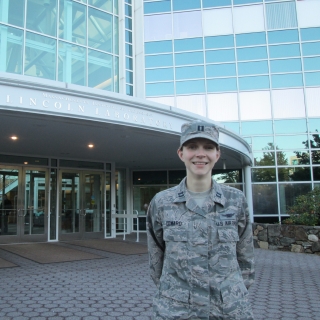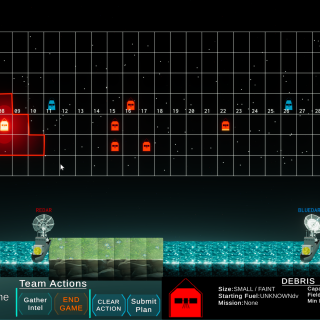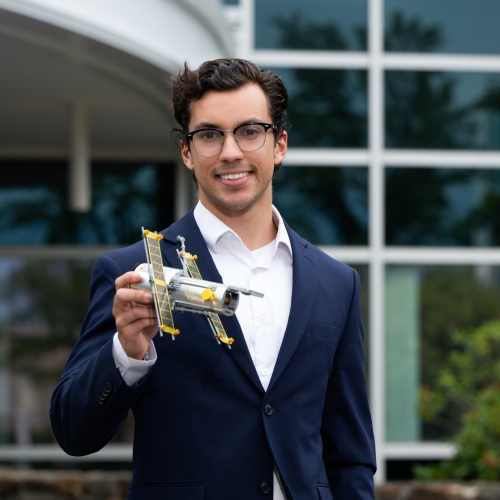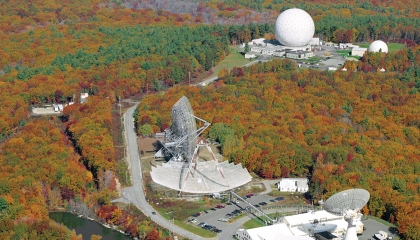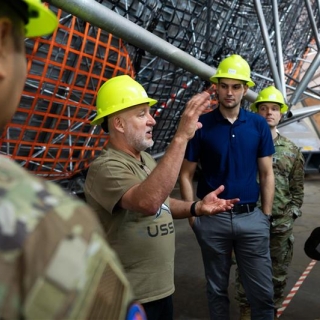
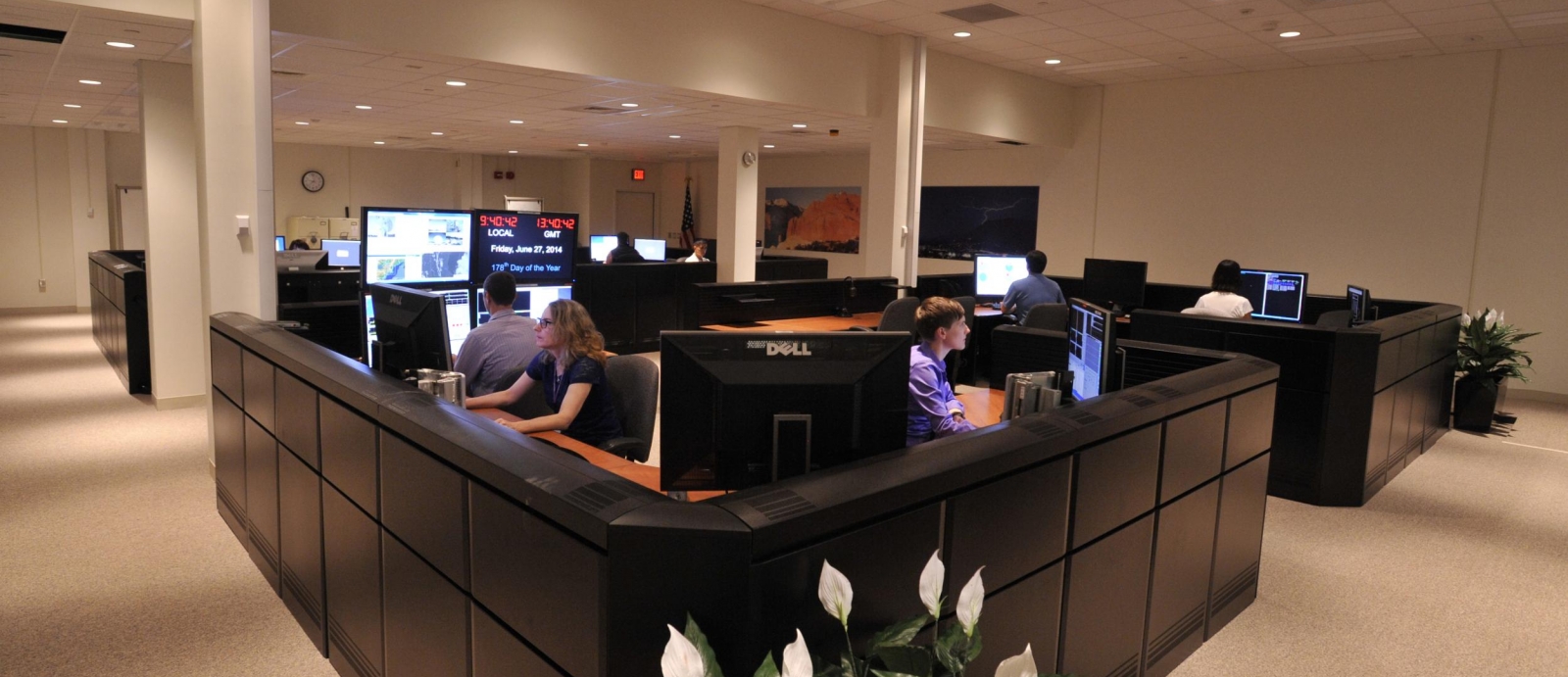
Information Integration and Decision Support
The nation's satellites perform critical civil, scientific, and national defense functions, such as navigation, communications, weather forecasting, astronomical observations, and surveillance. Our researchers are developing software tools that can help the military track, monitor, control, and protect these valuable satellites. The decision support software must rapidly ingest data from various sensors and databases, and then integrate those data to create a reliable picture of the current state of the satellites and make predictions about evolving activities in space. Such space situational awareness is important for military personnel who manage U.S. space assets. We also use this software to build simulations that researchers and military operators can use in training or in planning exercises.
Featured Projects
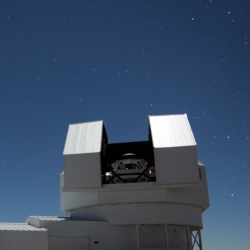
Optical Processing Architecture at Lincoln
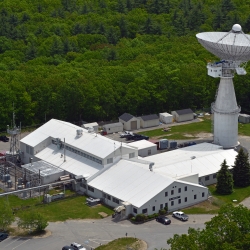
14th Air Force Detachment — Space Tactics Internship
Latest News
